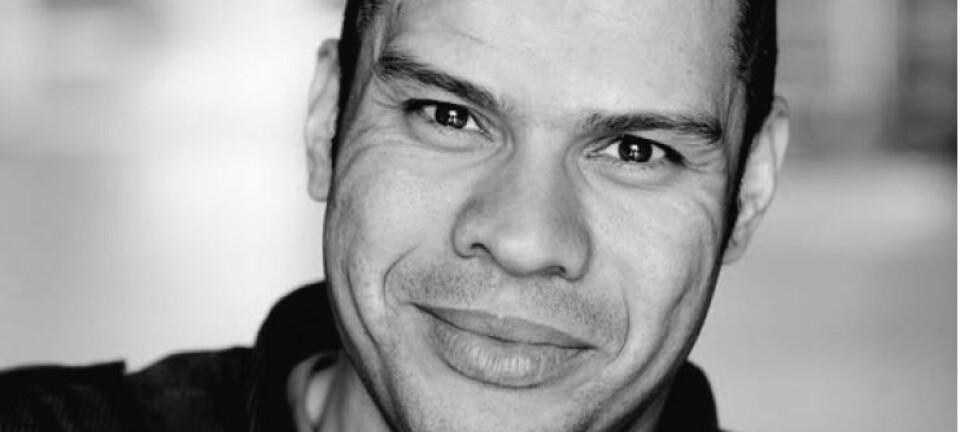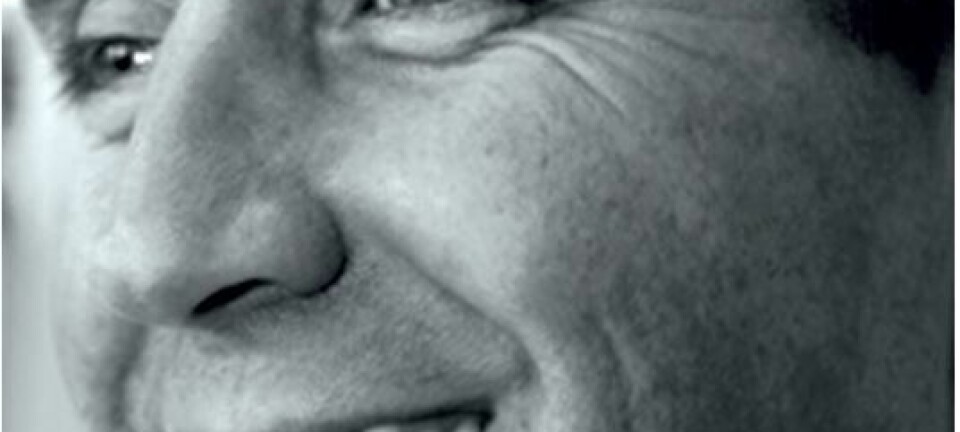
"I write history in the form of a detective novel"
What's important to keep in mind when you communicate your science? A Q&A with Professor Londa Schiebinger who specializes in the history of science.
How does gender affect the way we do science? That's an important question to internationally renowned historian Londa Schiebinger.
Londa Schiebinger is the John L. Hinds Professor of the History of Science at Stanford University, in the US. With books such as ‘Has Feminism Changed Science?’ she has become an international authority on gender research.
Schiebinger has received numerous international awards for her research, and her work has been translated into 13 languages.
In an exclusive interview with ScienceNordic she explains her approach to science communication.
How did you start communicating your research to the public?
“I was invited to give public lectures.”
Schiebinger believes it is always possible to become better at communicating science.
“People who care about communicating work on it – it’s not an innate skill. In the US, many of us teach classes in a dramatic and engaging way. I want students to be as excited about the material as I am. So I engage, I use interactive discussion, I show pictures and I’m provocative. I try to make the material come alive. That is easy to transfer to other audiences. I watch people’s faces as I talk. If they aren’t alive, I’m not doing my job.”
When you communicate, do you think about how your research colleagues will react to what you’re saying?
“My work is interdisciplinary. I often speak to colleagues in other fields, and I speak to them on their own terms as much as possible. They are my research colleagues.
The most important thing about communicating is to understand who your audience is. I tailor my messages to the audience – so they get the most out of their time with me.
I consider carefully who my audience is. If I’m in the Republic of Korea, I consider what’s happening on gender in science in Korea and what examples from my project would interest them the most. I also tailor by discipline: if I’m speaking to physicists, I give as many examples as possible from physics. If I’m speaking at the Karolinska Institute in Stockholm, I use medical examples and discuss pharmacology and the like.
I ask questions and work in an interactive way. My hope is to always learn something new while I communicate my own results.
Then there is the issue of level. Are the people in the audience newcomers to the topic of gender in science and technology? If so, I offer more background. If they are more advanced, I dive right into methods and examples – a bit higher level, but still not the same as for the colleagues from my discipline.
I also often speak to audiences for whom English is not a first language. My English needs to be clear, clean and crisp.”
How do you know when to compromise on precision to spice up your communication and when to be strictly scientific?
“I don’t see it as a compromise. One is always precise. And one should always be interesting. I don’t ‘spice it up’ – the beauty, the interesting elements, should be intrinsic to the material. I often tell stories; the room actually exhales at the end of a story. I love that.
If you are not an ace researcher, you have nothing to communicate (in our business). Even writing up your research requires excellent communication skills. I put research first because that’s what I do – that’s why I’m a Stanford professor: research, research, research. Then it’s important to communicate the results – in the research paper and then more broadly.”
What are your best communication tips for other scientists?
“Know your audience. Use images – humans are visual thinkers. I use visuals, such as graphs, illustrations and videos, when speaking, and also on our website Gendered Innovations.”
It is important to Schiebinger that her storytelling is exciting and entertaining.
“I write history in the form of a detective novel. I use a lot of humour.”
What do you, personally, get out of communicating?
“I’m passionate about my message.”
Translated by: Dan Vinther








